Are You Slowing Your Users Down?
With fantastic technology (phones, apps, fast internet, and great content) at their fingertips, users expect to accomplish a task in just one or two clicks. Unfortunately, so many mobile tools meant to simplify things only complicate things by adding unnecessary hoops to jump through. Take the (admittedly ridiculous) example above. It doesn’t need to be this complicated. What this situation requires is a more efficient and thoughtful approach that takes advantage of today’s technology. Read on to learn how you can rethink processes in your app that could be slowing users down.
One of the biggest challenges in designing app interfaces is determining if the interface feels “natural.” A “natural” process or user action follows the user’s mental model of how the interaction should play out. This mental model is based on the user’s belief on how an interaction should work or be predicted to play out. Of course, these models don’t always align with what the designer has in mind, causing a disconnect. This disconnect demonstrates the challenge in making interface interactions feel natural and satisfying to the user. So, the next step is to confront the disconnect in mental models and unite them by addressing pain points.
A primary method of identifying pain points is through user interviews and usability tests. Usability tests have a targeted user base interact with a website, or application prototype, while a researcher observes and takes notes. User interviews are similar, but the researcher or interviewer questions an interface prototype or potential designs or features. These tests are vital in determining whether a design is accessible and easy to use and help shape what features should be included or are preferred. Once you have the pain points identified, a redesign can take place and address those issues. The goal should always be to reduce friction for the users - not just administrators who manage a process but also the end-users who must engage with the content and process. Many systems force you to choose. Make that choice consciously in selecting a platform.
You can use these strategies to avoid the example above, turning a simple process into an unnecessarily complicated procedure. While satirical, some designers do not consider their mental model being avoidably disconnected from users’ mental models. That rift between the mental models has a few solutions to identify the issues, which is through usability tests, user interviews. By detecting pain points that disrupt a user’s experience, designers receive guidance on redesigning smarter. The result of these efforts is users who feel that the tool is working with them rather than against them.
In the process depicted above - issuing certificates, badges, and verifying those achievements, what room for improvement do you see at first blush? What’s your visceral reaction, and then, upon reflection, why do you think a seemingly simple thing like this could get made unnecessarily complicated? You will have many more people being awarded badges and certificates in the system than people issuing them or confirming them. You must weigh those choices in creating your programs and implementing your platform.
Want to continue this discussion or learn more about how we design with the user in mind? We’d love to hear from you.
We’re SparkLearn® and this is DarkSparks – a monthly series for design discussion and critique in learning user experience.
